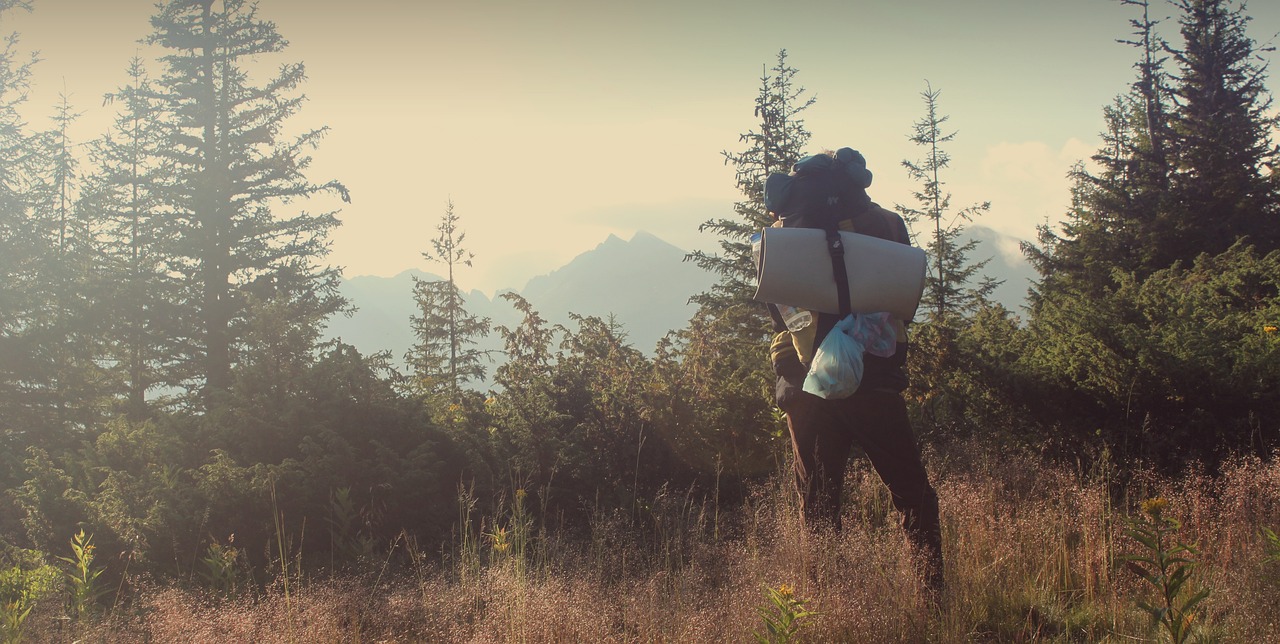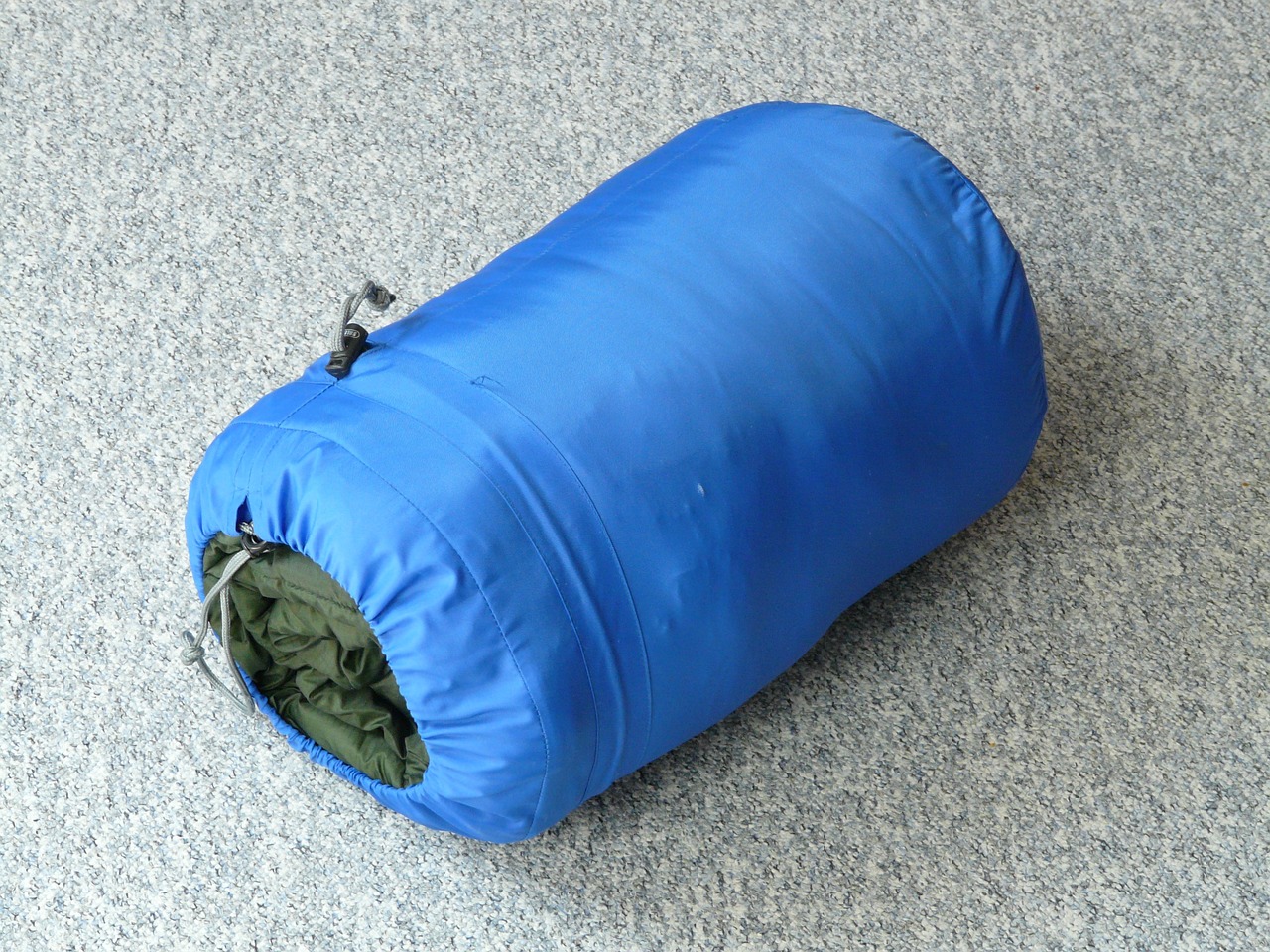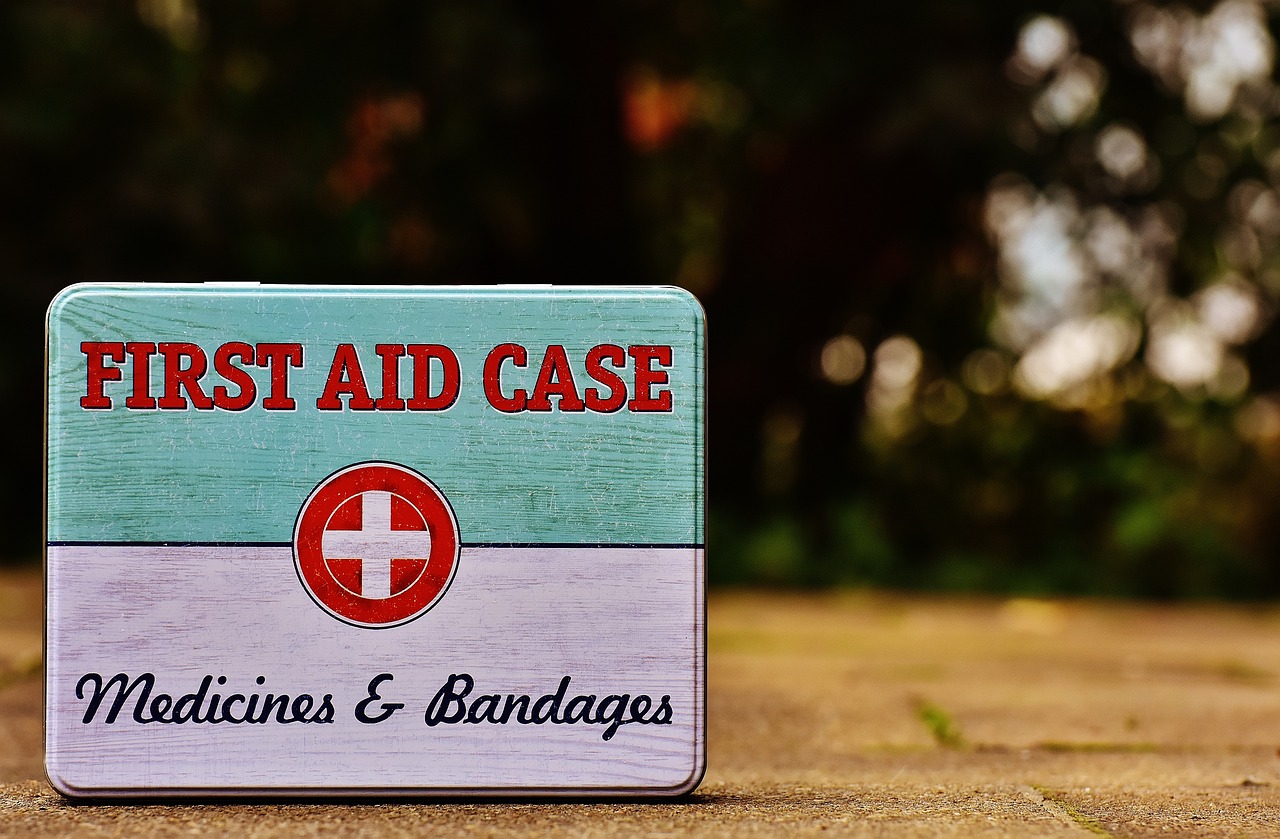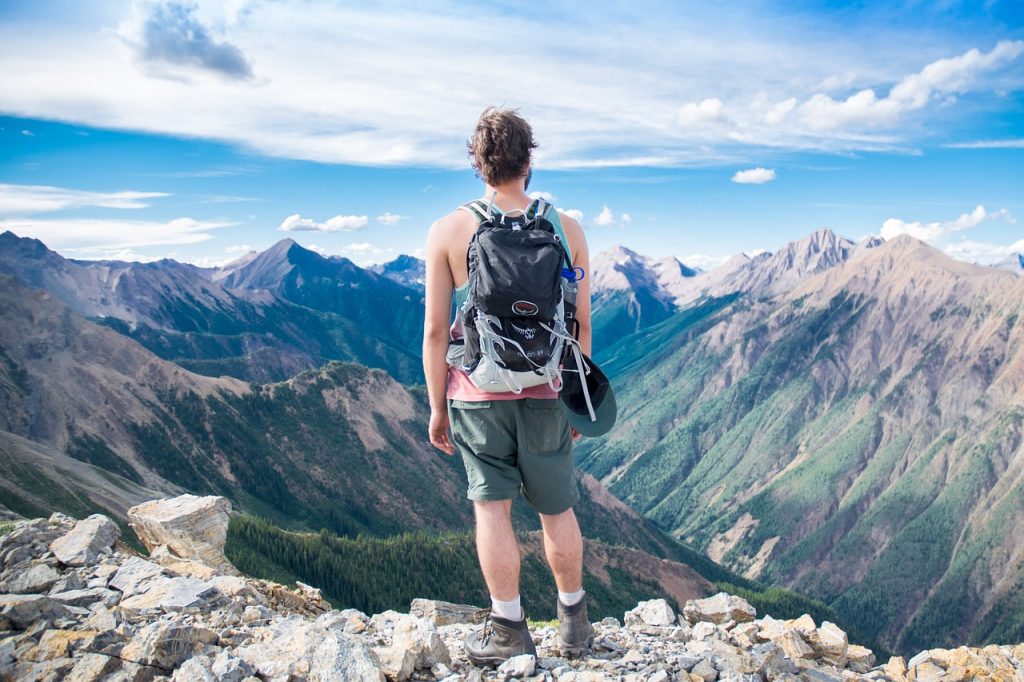
Hiking in the mountains is a fascinating and unforgettable journey that can give a lot of positive emotions. However, it is important to prepare properly in order to make the hike a success and not to get into trouble. One of the most important stages of preparation is the collection of equipment.
Mountain hiking equipment should be selected according to the weather conditions and the duration of the hike. The equipment should include the following basic elements:
Backpack
A backpack for hiking should be comfortable and correspond to the volume of things you plan to take with you. When choosing a backpack, pay attention to the following parameters:
- Volume. The optimal volume of a backpack for a day hike is 30–40 litres, for an overnight hike – 50–60 litres.
- Weight. The backpack should be light enough not to put extra strain on your back.
- Suspension system. The suspension system must distribute the load evenly across the back and shoulders.
- Pockets. The presence of pockets will allow you to conveniently place all the necessary things.
Tent
The tent should protect you from rain, wind, and cold. When choosing a tent, pay attention to the following parameters:
- Wind resistance. The tent must be able to withstand strong winds.
- Waterproof. The tent should be waterproof to protect you from rain.
- Weight. The tent should be light enough to be easily carried.
- Comfort. The tent should be spacious enough to be comfortable to sleep and rest in.
Sleeping bag

A sleeping bag will provide you with a comfortable sleep on a camping trip. When choosing a sleeping bag, pay attention to the following parameters:
- Temperature regime. The sleeping bag must be suitable for the temperature regime expected during the hike.
- Weight. The sleeping bag should be light enough to be easily carried.
- Comfort. The sleeping bag should be spacious enough to be comfortable to sleep in.
Trekking poles
Trekking poles will help you reduce the load on your legs and keep you safe when travelling on rough terrain. When choosing trekking poles, pay attention to the following parameters:
- Weight. Trekking poles should be light enough to be carried easily.
- Length. The length of the trekking poles should match your height.
- Material. Trekking poles should be made of strong and lightweight materials.
Footwear

Mountain hiking shoes should be comfortable, durable, and waterproof. When choosing shoes for hiking, pay attention to the following parameters:
- Material. Footwear should be made of durable and waterproof materials.
- Outsole. The sole should have a good tread to ensure a good grip on the surface.
- Size. Shoes should be loose enough to avoid rubbing your feet.
Clothing
Clothing for hiking in the mountains should be light, comfortable and protect you from the weather. Choose clothes made of natural materials that wick away moisture. When choosing clothes for hiking, pay attention to the following parameters:
- Layers. Clothing for camping should consist of several layers that can be combined depending on the weather conditions.
- Colour. Hiking clothes should be brightly coloured so that you can be seen clearly in the dark.
Food and water
- Nutrition: Give preference to high-energy foods — nuts, dried fruits, bars. For hot meals, freeze-dried foods, quick porridges and soups are suitable.
- Water: Drink enough water (about 2–3 litres per day). Use water filters or tablets to purify water from natural sources.
Personal care products
Don’t forget to bring your toothbrush, toothpaste, soap, shampoo, and other necessary personal hygiene products.
First aid

Be sure to include items such as bandages, plasters, painkillers, stomach upset remedies, and others in your first aid kit for a mountain hike.
Additional equipment
Additional gear for hiking in the mountains includes:
- Torch. The torch will come in handy when camping in the dark.
- Compass. A compass will help you navigate the terrain.
- Map. The map will help you map out your hiking route and avoid getting lost.
- Sunglasses. Sunglasses protect your eyes from the sun.
- Sunscreen. Sunscreen protects your skin from sunburn.
- Headgear. The headgear protects your head from the sun and wind.
- Swimming costume. A swimming costume comes in handy if you plan to swim in a mountain river or lake
Hiking in the mountains is a real adventure that requires careful preparation. One of the most important stages of preparation is gathering equipment. Properly selected equipment will allow you to feel comfortable and safe in the hike, even if it will be long and difficult.
Consider the following factors when assembling your gear:
- Time of Year. Winter camping requires warmer clothing and equipment than summer camping.
- Length of the hike. The longer the hike, the more equipment you will need.
- Physical Preparation. If you are not used to long hikes, bring lighter equipment.
Don’t forget to also check the working order of all the appliances and devices you plan to take with you on your camping trip.
By following these tips, you’ll be able to gather all the gear you need for a mountain hike and head out on your trip with confidence.
Take your next step in the world of camping gear with reBITme.com and enjoy the benefits. Enjoy your shopping!





